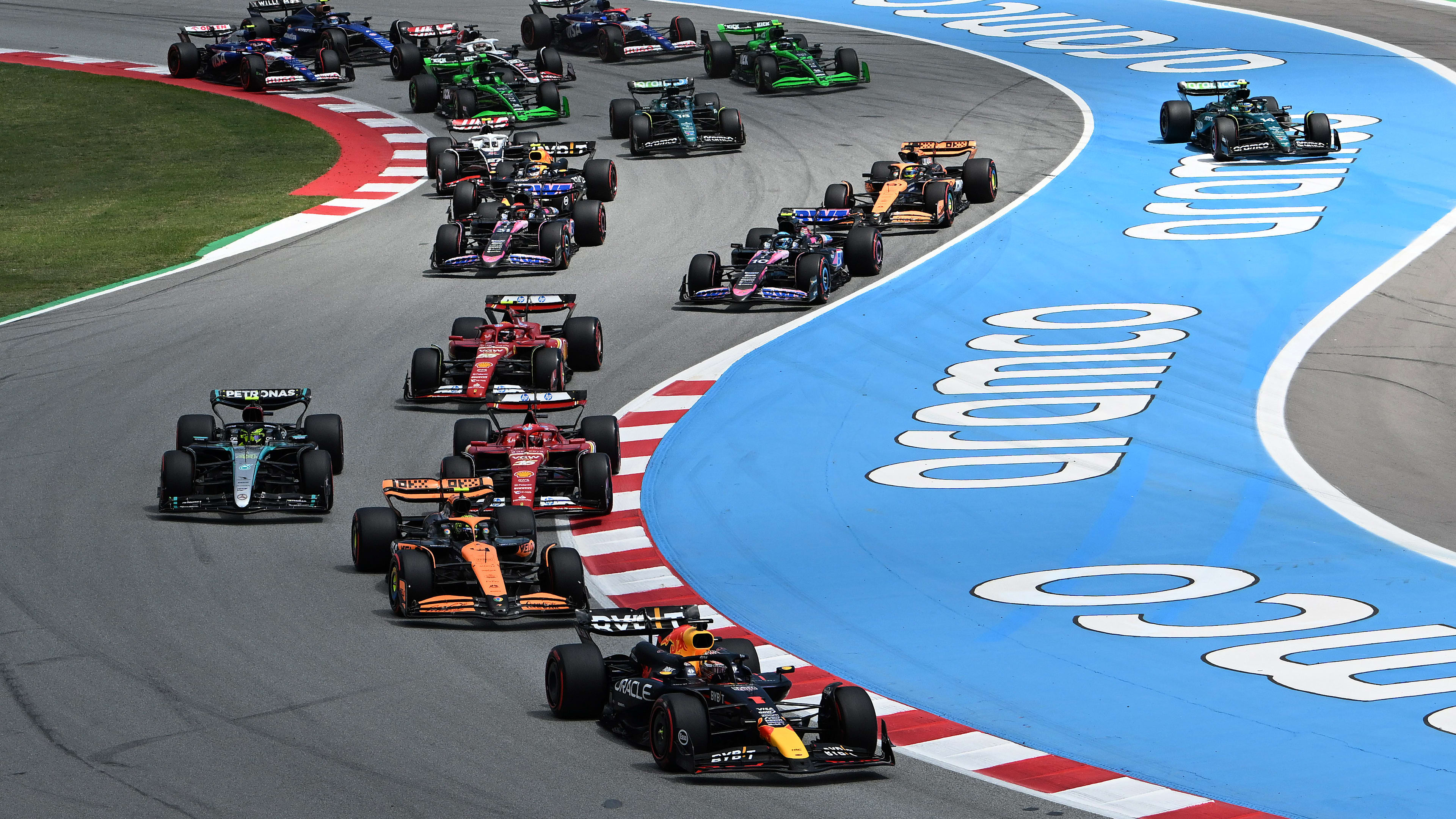Okay, so I was watching the F1 race last weekend, and I got totally confused about how the time penalties work. I mean, I saw drivers getting slapped with 5-second penalties, 10-second penalties, and I was like, “What’s the deal?” So, I decided to dig in and figure it all out.
My Deep Dive into F1 Time Penalties
First, I started by watching some YouTube videos of past races where penalties were a big deal. I paid close attention to what the commentators were saying, and how the penalties affected the race results. That gave me a basic understanding, but I wanted more details.
Then, I went to the official F1 website. It’s a bit overwhelming, but I found the sporting regulations. I scrolled through a bunch of legal jargon, and finally hit the section on penalties. It was a bit dry, but it gave me the official rules.

I also checked out some F1 fan forums. This was helpful because people were discussing the penalties in plain English, and sharing their own experiences and interpretations. It was like having a bunch of F1 buddies explaining things to me.
What I Learned
So, here’s the breakdown of what I figured out:
- 5-second penalty: This is the most common one. It’s usually for minor stuff, like causing a small collision or exceeding track limits a few too many times. The driver can either serve it during a pit stop (they have to wait 5 seconds before the team can start working on the car), or it gets added to their final race time.
- 10-second penalty: This is for more serious offenses, like causing a bigger crash or ignoring flags. It’s served the same way as the 5-second penalty.
- Other penalties: There are Drive-Through, Stop Go penalties.
I realized that these penalties can totally change the outcome of a race! A 5-second penalty might not seem like much, but in a sport where every tenth of a second counts, it can be the difference between winning and losing.
It took some time and effort, but I finally feel like I have a good grasp on how F1 time penalties work. It definitely makes watching the races more exciting when you understand what’s going on!





















